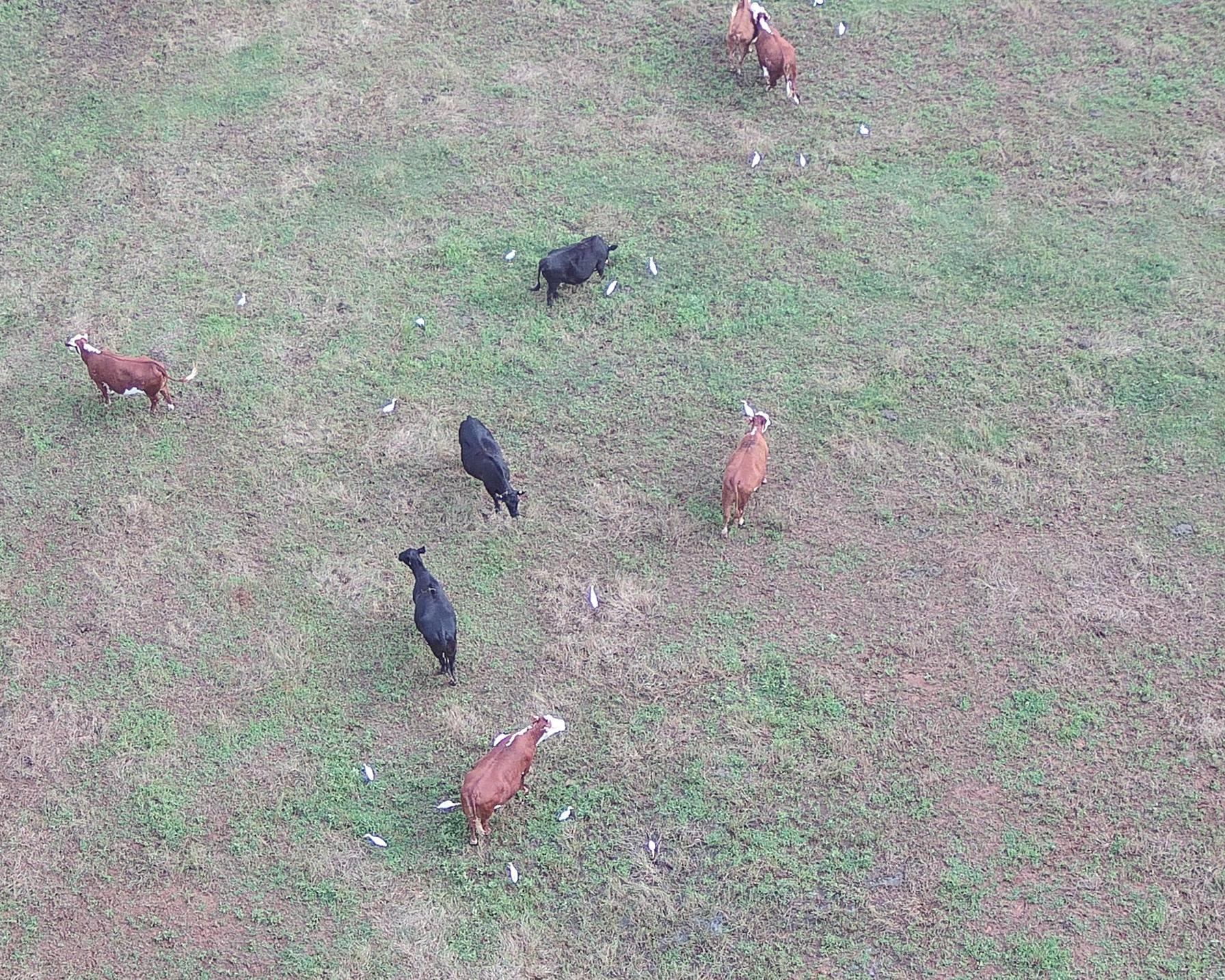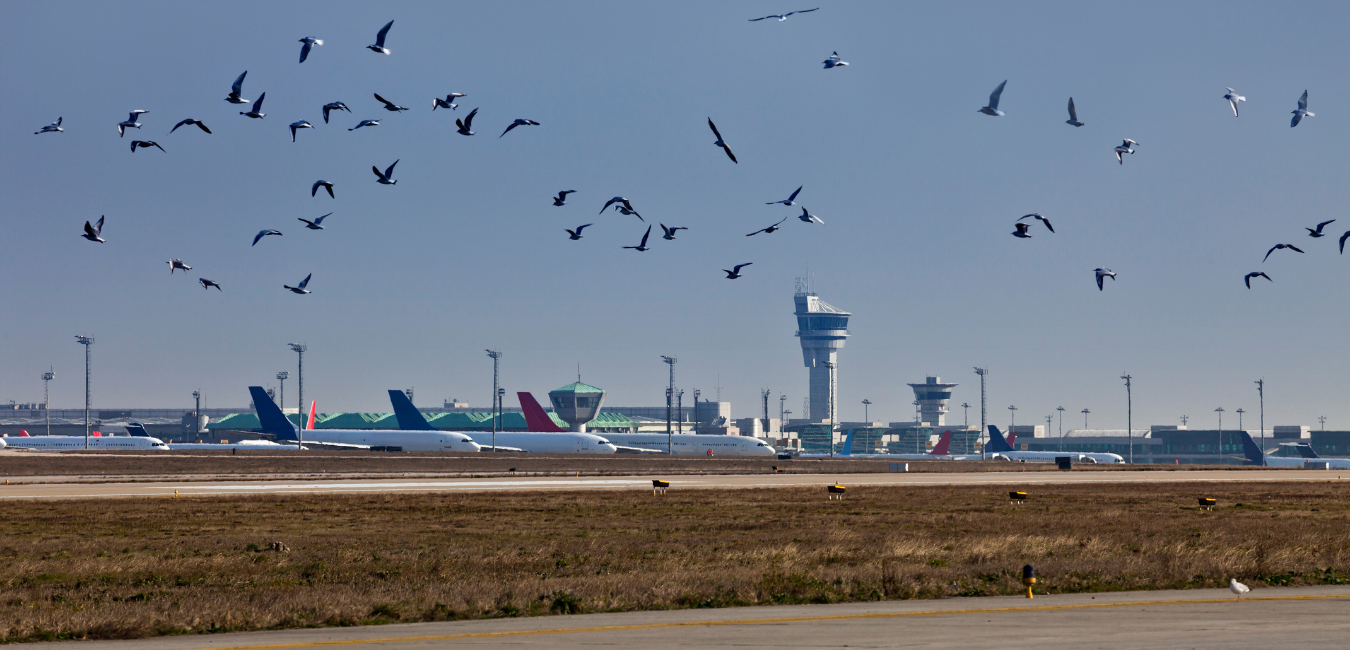Airport Wildlife Monitoring Utilizing Small Unmanned Aircraft Systems
Animal and aircraft collisions pose a significant risk for both animals and
humans. Thousands of animal/aircraft collisions occur annually that costs
aviation millions of dollars. Comprehensive airport wildlife monitoring and
hazard mitigation relies heavily on having accurate information regarding
diverse wildlife species habitats and land coverage, including both natural
features and human structures.
Although airport biologist and personnel attempt to mitigate these risks by deterring certain species from airports by habitat modification (fencing, translocation, auditory and visual deterrents, and population control), identifying areas used by wildlife and prioritizing management actions can be difficult. Wildlife monitoring is routinely conducted by many airports; however, frequent monitoring is sometimes unattainable due to the amount of area needing covered, time constraints, and lack of funding.

 With support from the USDA National Wildlife Research Center GRI Assistant
Research Professor, Sathish Samiappan, Ph.D., Ray Iglay and Kristine Evans from
WFA and Research Wildlife Biologists with the USDA, Bradley Blackwell Ph.D. and
Morgan Drabik-Hamshare Ph.D., are exploring ways to conduct airport animal
surveys using sUAS.
With support from the USDA National Wildlife Research Center GRI Assistant
Research Professor, Sathish Samiappan, Ph.D., Ray Iglay and Kristine Evans from
WFA and Research Wildlife Biologists with the USDA, Bradley Blackwell Ph.D. and
Morgan Drabik-Hamshare Ph.D., are exploring ways to conduct airport animal
surveys using sUAS.
By standardizing methodologies and best practices (flying drones, capturing images nd identifying animals without disturbance) this project serves as a catalyst for automated animal monitoring using sUAS in airport environments. It provides the USDA and FAA a set of protocols in utilizing sUAS image collection in relation to altitude, sensors and overlay preferences for automated monitoring of animals near airport environments. It also provides best practices in avoiding biases in estimating wildlife numbers and gives airport professionals a web-based image analysis software tool for monitoring wildlife.
For more information regarding this project, visit: Airport Wildlife Monitoring Utilizing sUAS
Although airport biologist and personnel attempt to mitigate these risks by deterring certain species from airports by habitat modification (fencing, translocation, auditory and visual deterrents, and population control), identifying areas used by wildlife and prioritizing management actions can be difficult. Wildlife monitoring is routinely conducted by many airports; however, frequent monitoring is sometimes unattainable due to the amount of area needing covered, time constraints, and lack of funding.


By standardizing methodologies and best practices (flying drones, capturing images nd identifying animals without disturbance) this project serves as a catalyst for automated animal monitoring using sUAS in airport environments. It provides the USDA and FAA a set of protocols in utilizing sUAS image collection in relation to altitude, sensors and overlay preferences for automated monitoring of animals near airport environments. It also provides best practices in avoiding biases in estimating wildlife numbers and gives airport professionals a web-based image analysis software tool for monitoring wildlife.
For more information regarding this project, visit: Airport Wildlife Monitoring Utilizing sUAS

